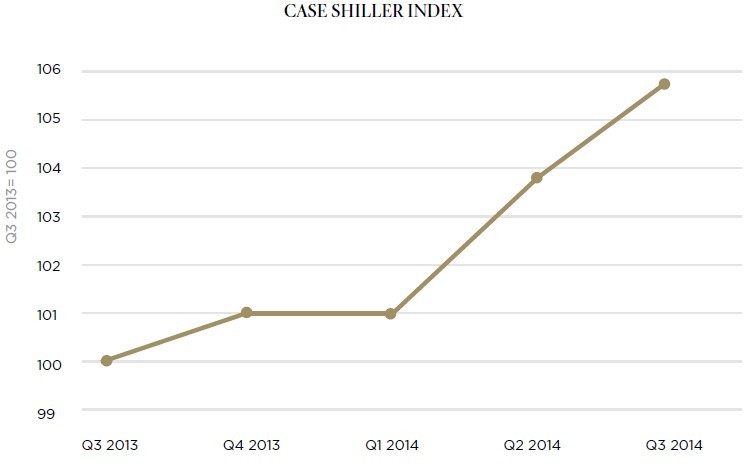Is That Residential Real Estate Investment Property Worth It
Post on: 24 Май, 2015 No Comment

One quick way to ensure you are making a financially sound real estate investment decision
Real estate investment professionals use a number of financial tools to make sound investment decisions, most commonly “cap rates,” or the annual return expected on an investment. In contrast, people who are just starting to look for a single-family home or other residential property in which to invest, too often rely on gut instinct or emotion to drive their purchase decisions. They may simply love the property and hope that it will someday appreciate for a sizeable return. But even if a property appreciates (which isn’t always a given), will it appreciate enough to cover the annual costs to hold the property? The experts don’t invest for appreciation alone, so why should you?
The primary financial driver steering your investment property decision should be the annual income it will generate before the time comes to sell. If you are flipping real estate, this article isn’t for you. This topic is for those who are looking for a residential rental investment property that can be sold down the road, most likely to help with retirement income. If that’s you, then you should be concerned with the annual income potential of the property. Unless you can, at a minimum, cover your monthly mortgage amount with income left over from renting out the property, your investment could easily turn into a monthly drain on you and your family.
Calculating Income and the “Cap Rate”
Here are four steps to make wiser financial decisions like the pros:
1. Determine the annual rent you can expect from a residential rental property.
If the property is already rented, you should have a good idea of this figure. Otherwise, check rents of similar properties on Craigslist and real estate offices.
2. Estimate the annual expenses of owning the property.
This will include the following:
- projected vacancy costs, which are typically calculated by professionals at 5% to 10% of the annual rent and reflect the annual rent loss you can expect when the property is not being rented, such as when a tenant defaults on payment or you are in between tenants
- real estate taxes
- utilities that you (not the tenant) will be paying, such as water or gas
- property and liability insurance, such as a landlord’s policy, and
- repair costs over time to address the wear and tear of the home, including new roofing costs, furnace maintenance, and emergency repairs.

3. Calculate your annual net income
(annual rent, minus annual expenses).
4. Calculate the property’s capitalization rate, or “cap rate.”
This is the annual return you can expect for your investment, arrived at by dividing the net income by the cost of the property.
Example: You rent out a small, two-bedroom house for $2,000 per month or $24,000 per year. You anticipate annual expenses as follows:














